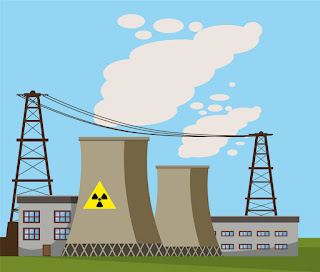If there is one thing that catches the fancy of every individual, it’s the fantasy world created in the media and entertainment industry with the help of visual graphics. Gone are the days when stunt-persons risked their lives to perform daring tasks in movies that were considered unbelievable or superhuman. Every superhuman feat witnessed on the silver screen now owes it to animation, visual effects and extended reality brought to life with the help of the green screen, technology and precise video editing.

GREEN SCREEN ON SILVER

According to a report by NITI Aayog, it is estimated that the Indian media and entertainment industry is expected to grow at 8.8% CAGR to reach USD 53.75 billion in 2026. In 2019, India’s Animation, VFX, Gaming, Comics and Extended Reality (AVGC-XR) sector had an overall market size of USD 2.3 billion, which was about 0.7% of the global market size. The industry is expected to grow 2.2 times over the next four years and constitute about 1.5% of the global AVGC market.
The increasing number of animated series and features being produced in India have attracted global audiences, with many works getting distributed globally. The demand for animation has expanded with the increase in children’s broadcasting viewership, availability of low-cost internet access, and growing popularity of OTT platforms.
The Indian VFX industry has been gradually making progress with the adaptation of world-class techniques and innovative technology. Content creators are experimenting storytelling with high-quality VFX advancements. VFX and animation can be the next IT-BPM boom with the potential of playing a fundamental role in India becoming a USD 100 billion media and entertainment industry by 2030.
Recently, the Indian Ministry of Information and Broadcasting organised the First National Workshop and Consultation on Draft AVGC Policies at New Delhi for industry, academia and the government. Several Central and State Government bodies, along with industry associations and leaders of the AVGC sector participated in the workshop to fine-tune the modalities of this growing sector.
Build-up of the metaverse ecosystem is expected to boost the adoption of real time 3D technology and there’s a huge potential in its application beyond gaming in areas such as education, e-commerce, entertainment and industry.
The global animation and visual effects market size was estimated at USD 168 billion in 2021 and is projected to grow to USD 290 billion by 2024 at a CAGR of 10.94% between 2020 and 2026. Television and OTT largely dominate the use of animation and VFX, followed by films. Between 2020 and 2024, gaming is expected to be the fastest growing segment of animation and VFX services with a CAGR of 12%.
The AVGC-XR sector can make Indian culture accessible to the world, connect the Indian diaspora to India, generate direct and indirect employment, and benefit tourism and other allied industries. In recent times, many global players have expressed interest in the Indian talent pool to avail offshore delivery of services as India is now seen as the primary destination for high-end, skill-based activities in the AVGC-XR sector.
This steadily growing industry has emerged as a sunrise sector, both at the national level as well as globally. And with the right set of interventions, it has the potential to become the backbone of the media and entertainment industry in the country.







